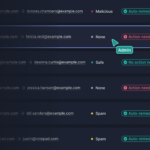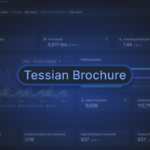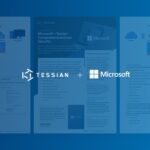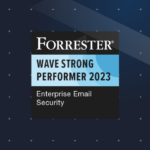Integrated Cloud Email Security
- All Categories
- ...
-
 Integrated Cloud Email Security
Integrated Cloud Email SecurityTessian Partners with Optiv Security and Moves to a 100% Channel Model
-
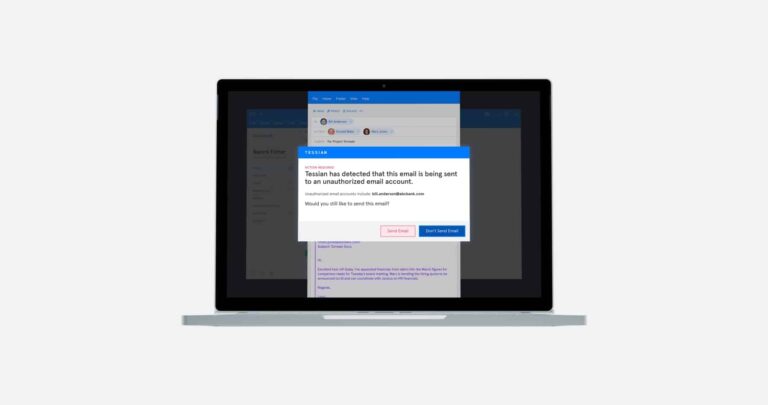 Integrated Cloud Email Security, Email DLP
Integrated Cloud Email Security, Email DLPWhat is Email DLP? Overview of DLP on Email
-
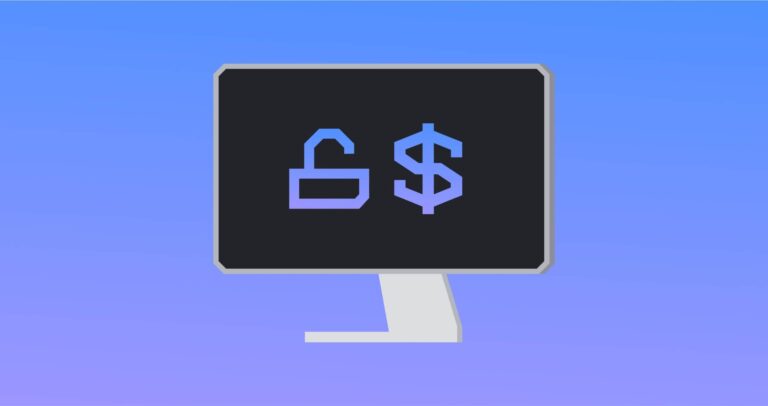 Integrated Cloud Email Security, Email DLP, Advanced Email Threats, Compliance
Integrated Cloud Email Security, Email DLP, Advanced Email Threats, Compliance7 Ways CFOs Can (And Should) Support Cybersecurity
-
 Integrated Cloud Email Security
Integrated Cloud Email Security5 Challenges Enterprise Customers Face With Security Vendors
-
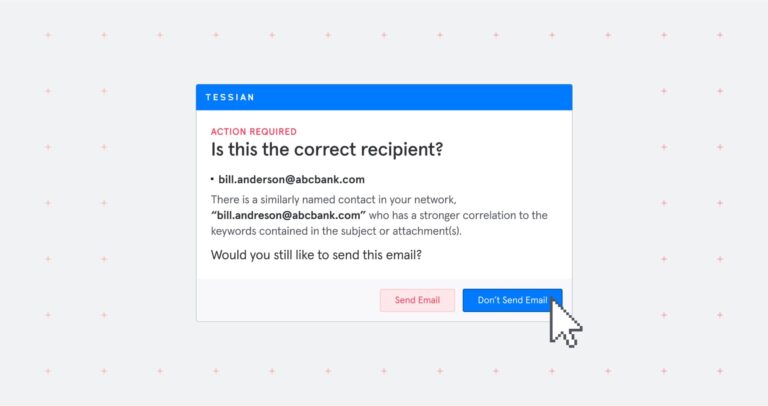 Integrated Cloud Email Security
Integrated Cloud Email SecurityWhat are In-The-Moment Warnings and Why Are They Effective?
-
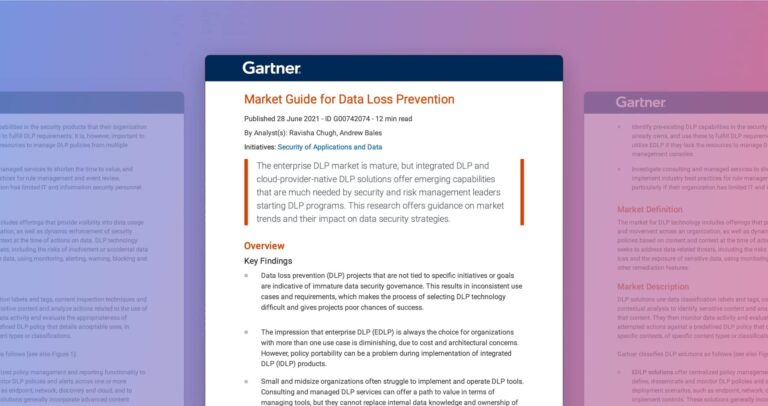 Integrated Cloud Email Security
Integrated Cloud Email SecurityTessian Recognized as a Representative Vendor in 2021 Gartner Market Guide for Data Loss Prevention
-
 Integrated Cloud Email Security
Integrated Cloud Email SecurityThe Ultimate Guide to Human Layer Security
-
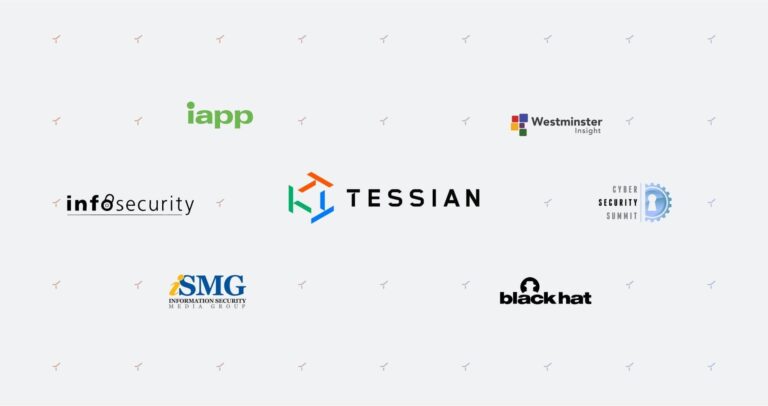 Integrated Cloud Email Security
Integrated Cloud Email Security10 Cybersecurity Events & Webinars in July to Sign Up For
-
 Integrated Cloud Email Security, Email DLP, Insider Risks
Integrated Cloud Email Security, Email DLP, Insider RisksWhat is an Insider Threat? Insider Threat Definition, Examples, and Solutions
-
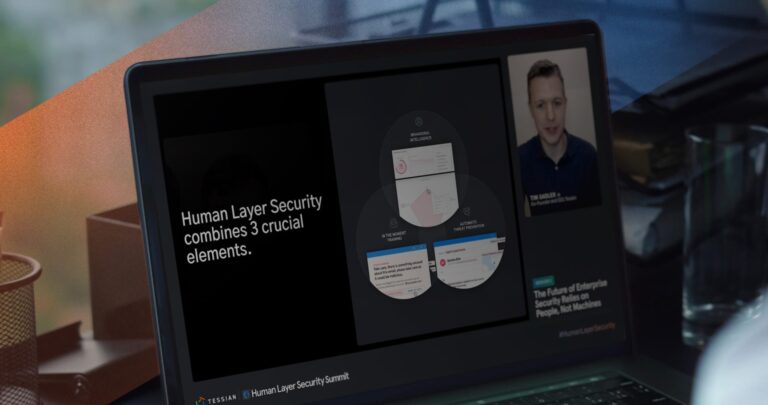 Integrated Cloud Email Security
Integrated Cloud Email Security6 Insights From Tessian Human Layer Security Summit
-
 Integrated Cloud Email Security, Advanced Email Threats
Integrated Cloud Email Security, Advanced Email ThreatsIs Your Office 365 Email Secure?
-
 Integrated Cloud Email Security, Email DLP, Compliance
Integrated Cloud Email Security, Email DLP, ComplianceAt a Glance: Data Loss Prevention in Healthcare
-
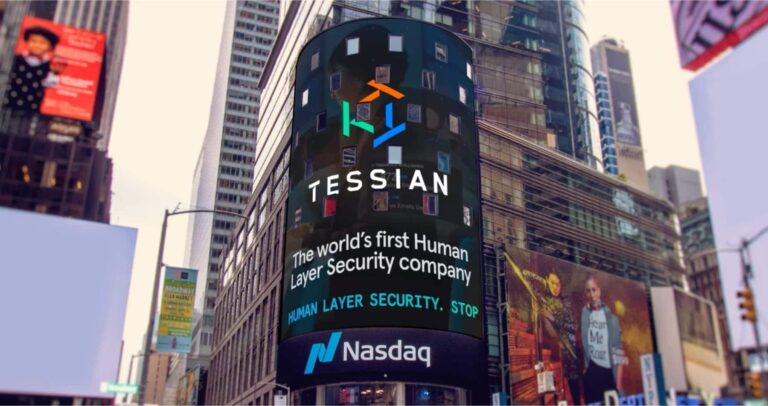 Integrated Cloud Email Security, Life at Tessian
Integrated Cloud Email Security, Life at TessianAnnouncing our $65M Series C led by March Capital
-
 Integrated Cloud Email Security
Integrated Cloud Email SecurityJune Human Layer Security Summit: Meet the Speakers
-
 Integrated Cloud Email Security, Advanced Email Threats, Customer Stories
Integrated Cloud Email Security, Advanced Email Threats, Customer StoriesHow Tessian Reduced Click-Through Rates on Phishing Emails From 20% to Less Than 5%
-
Integrated Cloud Email Security, Email DLP, Insider Risks, Compliance
The State of Data Loss Prevention in the Financial Services Sector
-
 Integrated Cloud Email Security, Podcast
Integrated Cloud Email Security, PodcastFive Things I Learned From Launching A Podcast
-
 Integrated Cloud Email Security
Integrated Cloud Email SecurityMachine vs. Machine: Setting the Record Straight on Offensive AI
-
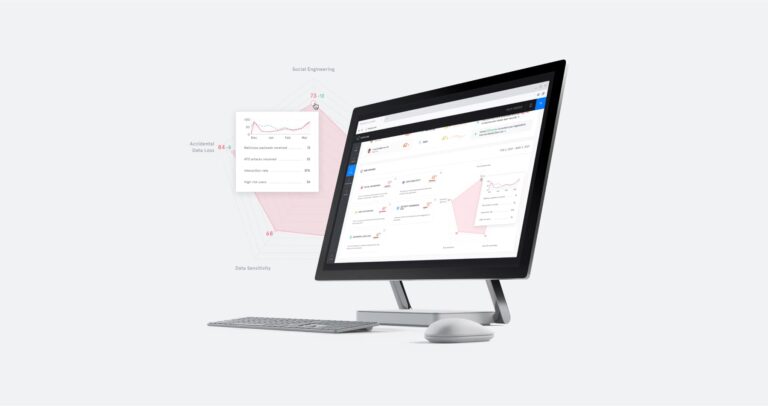 Integrated Cloud Email Security
Integrated Cloud Email SecurityRisk Management Made Easy: Introducing Tessian Human Layer Risk Hub
-
 Integrated Cloud Email Security, Advanced Email Threats
Integrated Cloud Email Security, Advanced Email ThreatsTypes of Email Attacks Every Business Should Prepare For


